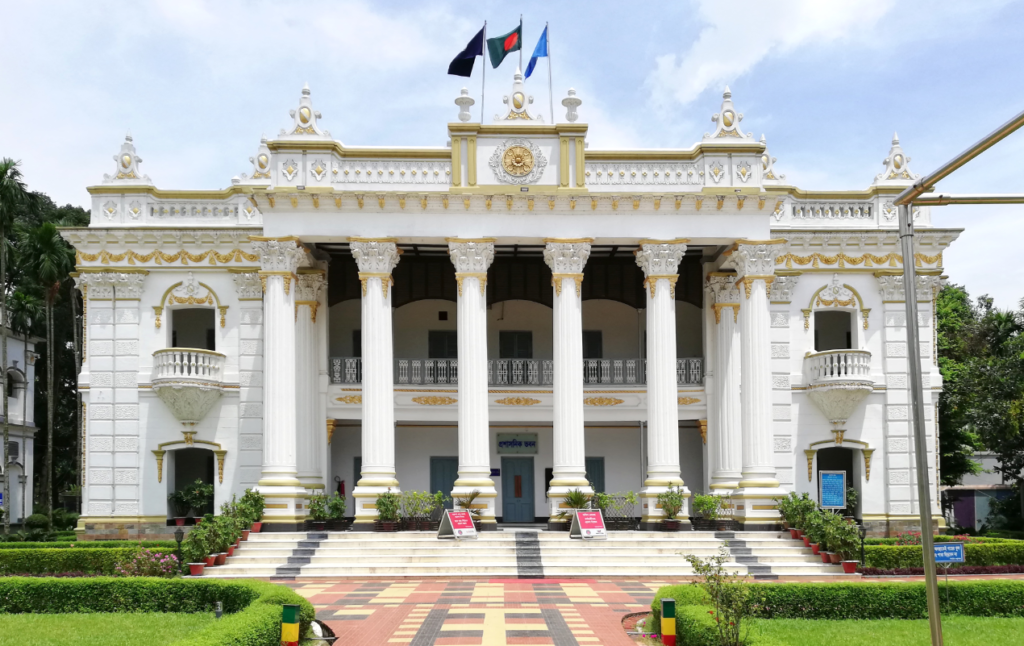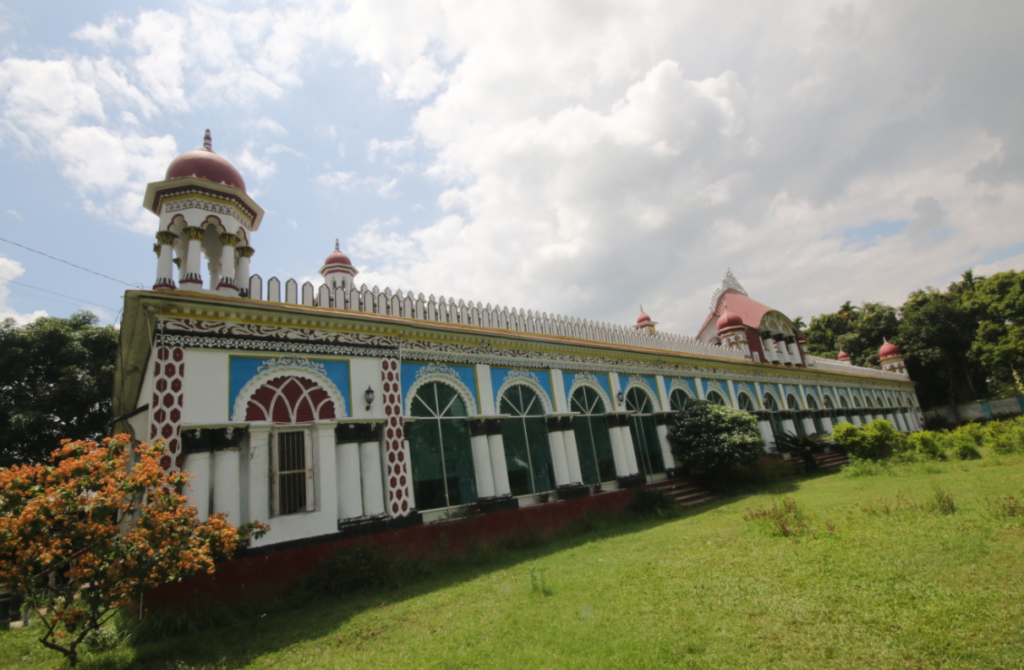Tangail, located in the central region of Bangladesh, is a district that seamlessly blends its historical significance, cultural heritage, and natural beauty. From its vibrant handloom industry to the lush greenery of Madhupur Forest, Tangail offers something for everyone. This district, which has played a pivotal role in the nation’s history, stands as a testament to the resilience and creativity of its people.
A Glimpse into History
Tangail has a rich historical tapestry that spans centuries. The area was a significant cultural and political hub during the Mughal period and later became a stronghold during the British colonial era. During the Liberation War of 1971, Tangail emerged as a key battleground. The district’s people, known for their valor, contributed immensely to the fight for independence.
Geography and Climate
Tangail is located on the banks of the mighty Jamuna River, with a landscape marked by fertile plains, rolling hills, and dense forests. The district enjoys a tropical climate, with distinct rainy and dry seasons, making it an agricultural powerhouse. The rivers Jamuna, Dhaleshwari, and Bangshai traverse the region, adding to its scenic beauty and agricultural prosperity.
Attractions in Tangail
1. Madhupur National Park

One of the oldest reserved forests in Bangladesh, Madhupur National Park is a biodiversity hotspot. Covering approximately 8,436 hectares, it is home to rare species of plants, birds, and mammals. Visitors can enjoy trekking, bird watching, and immersing themselves in nature’s tranquility.
2. Bangabandhu Bridge (Jamuna Bridge)

The Bangabandhu Bridge, also known as the Jamuna Multi-Purpose Bridge, is an engineering marvel. Connecting Tangail to Sirajganj, it is one of South Asia’s longest bridges and plays a vital role in the country’s transportation and trade networks.
3. Mohera Zamindar Bari

The Mohera Zamindar Bari is a historical estate that showcases the grandeur of Bengal’s zamindari system. Its magnificent architecture, sprawling gardens, and serene environment make it a must-visit for history enthusiasts.
4. Dhanbari Nawab Palace

A blend of history and luxury, the Dhanbari Nawab Palace offers a glimpse into the aristocratic life of Bengal’s nawabs. Today, parts of the palace serve as a heritage resort, providing visitors with a unique stay experience.
5. Shahid Smriti Park
This memorial park honors the martyrs of the Liberation War. The park, with its beautifully designed landscapes and monuments, serves as a place of reflection and inspiration.
Tangail Sarees: A Symbol of Craftsmanship
Tangail is synonymous with its iconic handloom sarees, which are celebrated for their intricate designs and superior quality. These sarees are woven with immense skill and dedication, often featuring motifs inspired by nature and folklore. The weaving industry is not just a source of pride but also a significant contributor to the local economy, employing thousands of artisans.
Festivals and Cultural Vibrancy
Tangail is a hub of cultural activities. Traditional music, Baul songs, and folk dances are deeply embedded in the district’s cultural fabric. Festivals such as Durga Puja, Pohela Boishakh, and Eid-ul-Fitr are celebrated with grandeur, bringing together people from all walks of life.
Prominent Figures from Tangail
Tangail has been home to numerous luminaries who have shaped Bangladesh’s socio-political and cultural landscape.
- Mawlana Abdul Hamid Khan Bhashani: A revered political leader and activist, Bhashani was instrumental in advocating for the rights of the oppressed.
- Shamsur Rahman Faruqi: A celebrated poet whose works enriched Bengali literature.
- Dr. Mohammad Ibrahim: The visionary founder of the Bangladesh Diabetic Association, known for his contributions to healthcare.
Economy and Development
Tangail’s economy is diverse, encompassing agriculture, textiles, and trade. The fertile lands yield abundant crops, including rice, jute, and mustard. The district is also a hub for small-scale industries, particularly in weaving and pottery. Its strategic location near Dhaka makes it a vital trading center.
Education in Tangail
Tangail boasts several prestigious educational institutions, contributing to the district’s intellectual growth. Mawlana Bhashani Science and Technology University (MBSTU) is a prominent institution offering advanced studies in science and technology.
Culinary Delights
Tangail is known for its delectable cuisine, which reflects the flavors of rural Bengal. Popular dishes include:
- Chui Jhal Curry: A unique spicy curry made with meat and the aromatic “chui jhal” bark.
- Pithas: Traditional rice cakes prepared during winter festivals.
- Freshwater Fish: Delicacies made from locally caught fish like hilsa and catfish.
Transportation
Tangail is well-connected by road, rail, and waterways.
- Road: Regular bus services connect Tangail to Dhaka and other major cities.
- Train: The Dhaka-Tangail rail line offers convenient travel options.
- River: Boats and ferries provide scenic transport along the Jamuna River.
Conclusion
Tangail is a district where tradition meets progress, offering a harmonious blend of history, culture, and natural beauty. From exploring ancient zamindar estates to marveling at modern engineering wonders like the Bangabandhu Bridge, Tangail promises a unique experience for every visitor. Its vibrant culture, warm hospitality, and scenic landscapes make it a treasure trove waiting to be discovered.





One thought on “Tangail: A District Rich in Culture, History, and Natural Wonders”